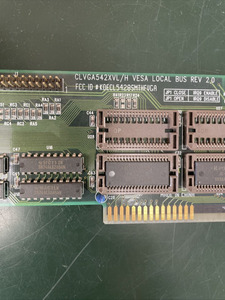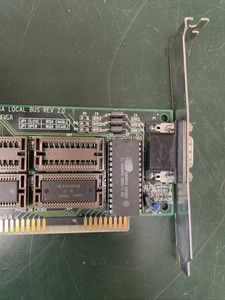maxtherabbit wrote on 2021-12-18, 19:00:
1024x768i is beyond useless
1024x768p60 is great and what I use on all my retro ISA Windows 3.x builds (when I can't get 1600x1200p60 due to video card limitations)
In my experience, that highly depends on the monitor type, most likely the persistence of the phosphor, and maybe the overall sharpness and the dot pitch. I've seen setups where 1024x768i is perfectly usable unless that pesky 50% dithering pattern is displayed, and I generally consider 60 Hz on monitors without notable persistence to be annoying to terrible. If a CRT-based monitor supports 1024x768p60, it usually also supports 800x600 at 70, 72 or 75 Hz, and I'd rather have flicker-free 800x600 than 1024x768 at 60Hz.
On the other hand, I really enjoyed MDA monitors in the 80s. Well, I didn't enjoy their prone-ness to burn-in, but I enjoyed the sharp and flicker-free display of text and hercules graphics. Their medium-persistence phosphor makes the 50Hz refresh rate enjoyable. Yet, I ditched the idea of using a "sync-to-anything" TTL/analog monitor with short-persistence phosphor on MDA timings after trying it once, even though it syncs perfectly on them.


